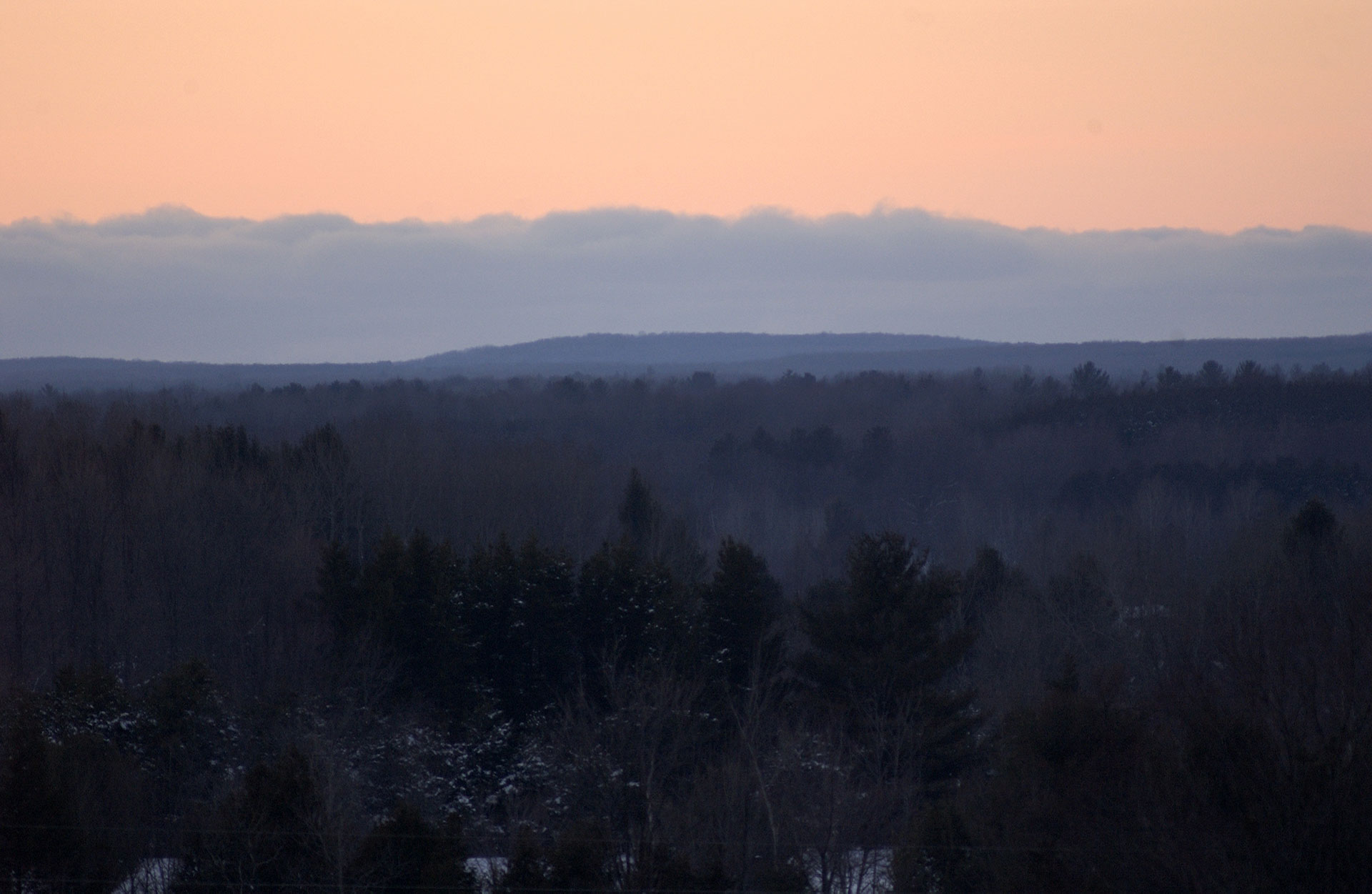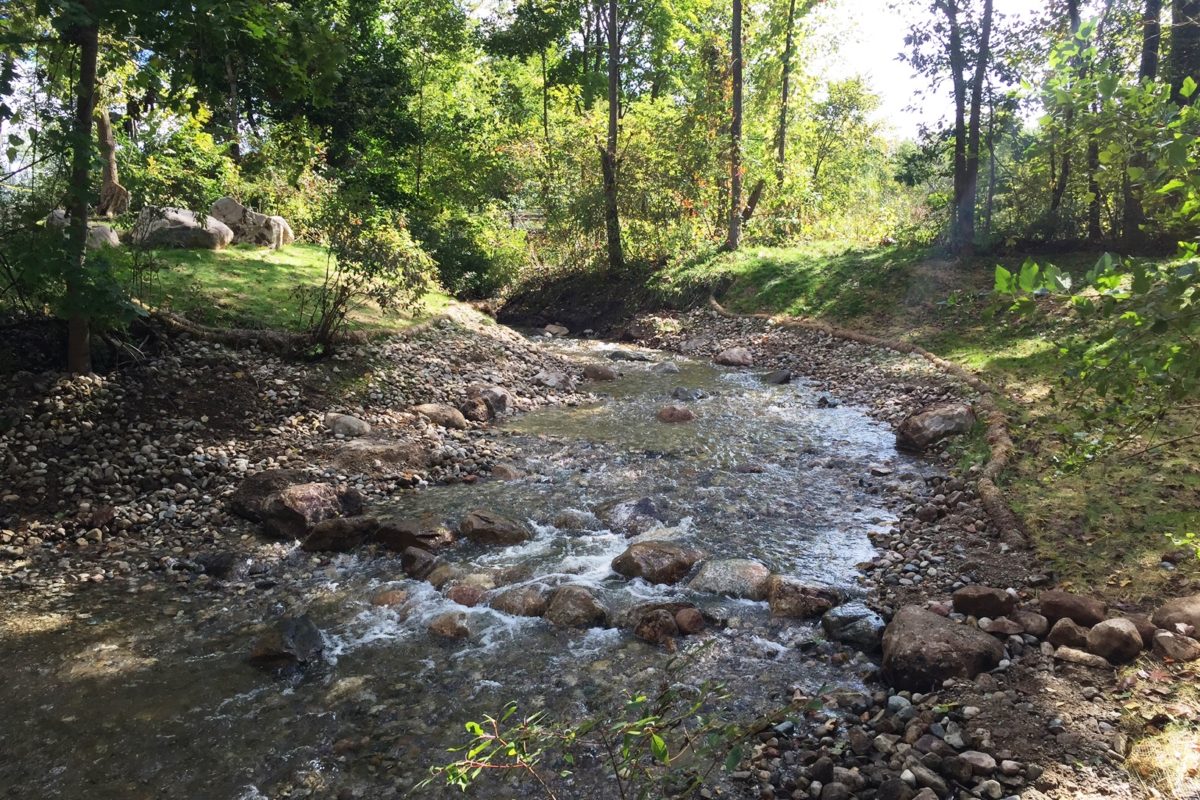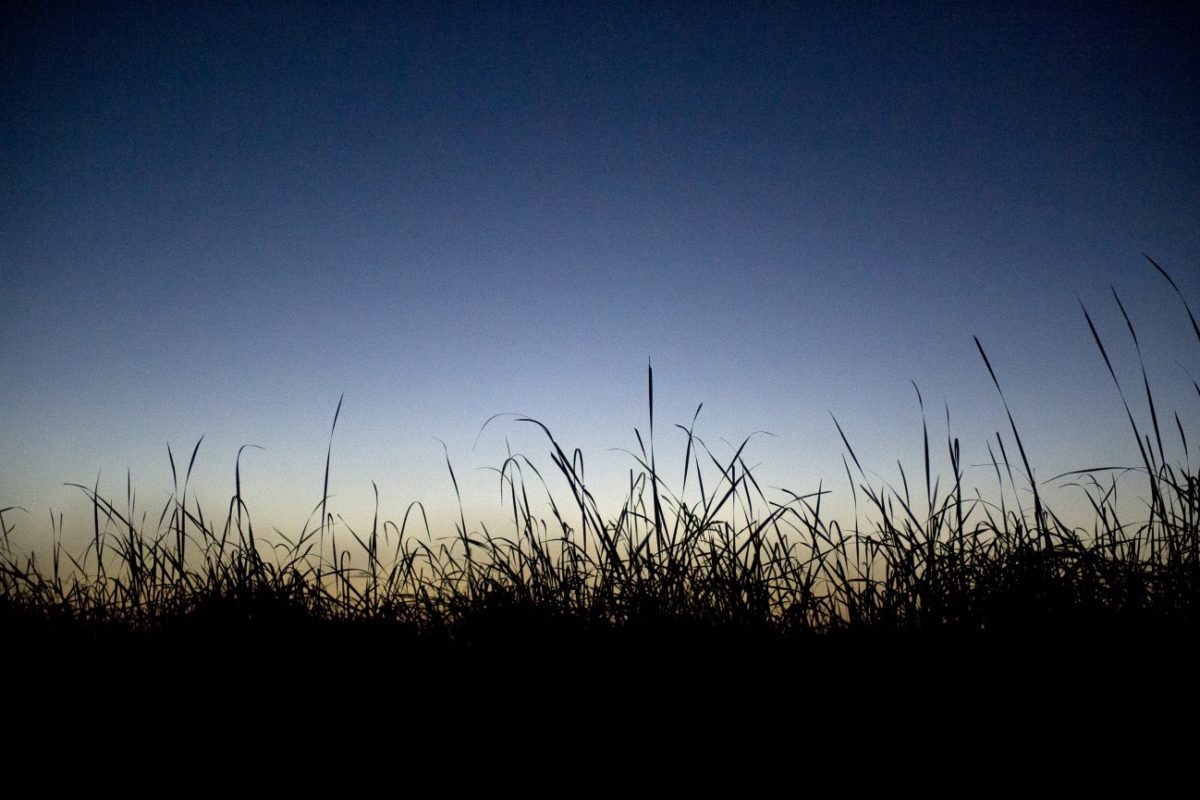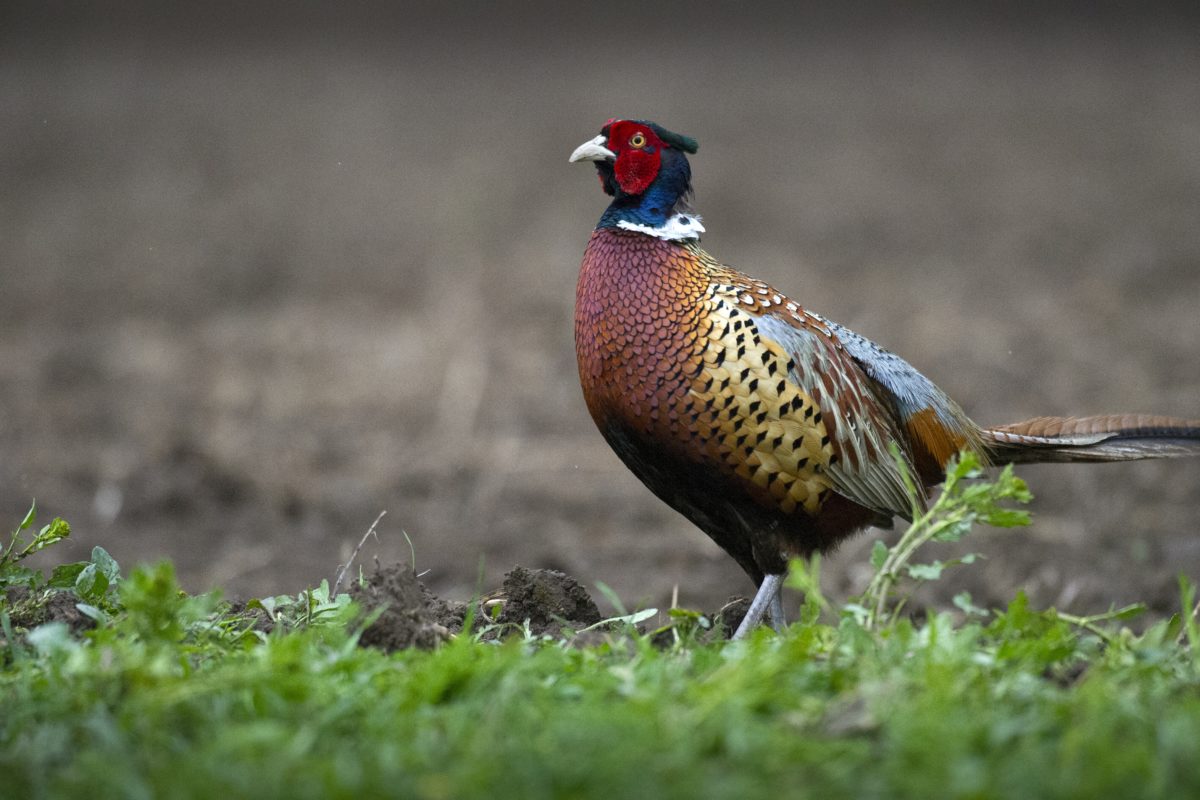The end of a year is often a time for reflection. This year, we have shared rich and diverse stories that have showcased opportunities to enjoy Michigan’s great outdoors and unique wildlife, many made possible by funding provided by hunting and fishing licenses.
We’ve offered stories about the invasion of the red swamp crayfish, improvements to one of Michigan’s most important rivers, and the celebration of one of our state’s most iconic species.
The Michigan Wildlife Council enjoyed featuring stories from across the state for you this year.
It has been our pleasure to demonstrate how Michigan conserves its vital natural resources – our forests, our waters and our wildlife. A lot of hard work takes place every day to ensure Michigan remains beautiful for generations to come.
In celebration of another great year of showcasing Michigan’s rich and diverse great outdoors, we have compiled the top five articles from 2018:

Cajun crayfish unwelcome Michigan visitors
In Louisiana, a heaping bucket of red swamp crayfish spells P-A-R-T-Y. In Michigan, they spell T-R-O-U-B-L-E. Native to the Gulf Coast, these crustaceans are a staple in Southern cooking. But far from home, these “mini-lobsters” pose a significant threat to the environment in the Great Lakes State – including to native crayfish species. READ MORE…

Polishing a gem: Plan aims for St. Clair-Detroit River system improvements
In a state chock-full of natural wonders, the St. Clair-Detroit River system is one of the most distinctive, referred to by one conservationist as Michigan’s “sparkling gem.” The unique waterway linking Lake Huron to Lake Erie is considered North America’s largest freshwater delta, and the varied habitats of this system make for a biodiversity hotspot, supporting 65 types of fish and dozens of amphibian, reptile, mammal and mussel species, as well as serving as an important breeding area for 200 migratory bird species. READ MORE…

A century and counting: Aerial surveys help manage elk herd
Many employed by the Michigan Department of Natural Resources spent eight days in January zigzagging over huge swaths of northern Michigan to determine the size and scope of the state’s elk population. This year’s survey is especially exciting because 2018 marks the 100th anniversary of the elk’s reintroduction to the Great Lakes State. Michigan’s current herd dates to 1918, when seven Rocky Mountain elk were transplanted to the Gaylord area from the western United States. READ MORE…

Detroit’s backyard beauty: Conserving one of the ‘last great places on Earth’
One of the “last great places on Earth” is right in metro Detroit, according to The Nature Conservancy. Stretching from Southeast Michigan to the Maumee River in Ohio, a unique ecosystem known as the Lake Plain Oak Openings Region is home to some of the rarest plants, birds and butterflies on the planet. Oak Openings, described by settlers as park-like savanna with widely spaced mature oaks and shrub cover, once flourished in the southern Lower Peninsula with bison, elk, caribou, mountain lions and wolves. Nearly wiped out by decades of urban sprawl and overrun by invasive species, the ecosystem is now being preserved and managed one precious acre at a time. READ MORE…

Splendor in Michigan grasslands
The Michigan Department of Natural Resources has partnered with Michigan Pheasants Forever to conserve and enhance state grasslands. This conservation work benefits pheasants and other wildlife, such as butterflies, insects, songbirds and deer. It helps people, too, because healthy grasslands improve the air and water quality. READ MORE…



